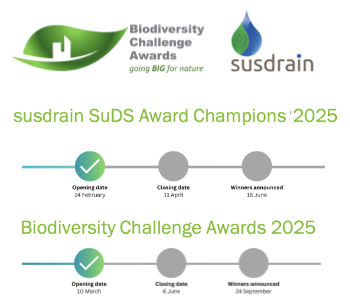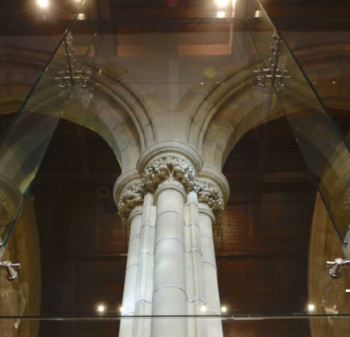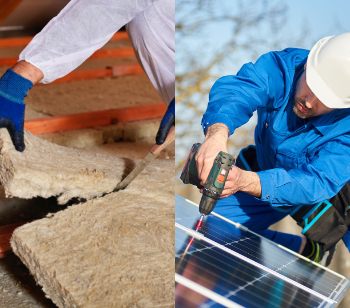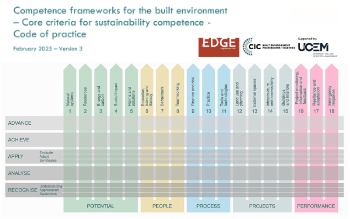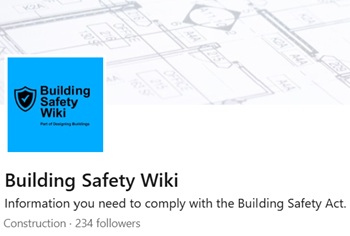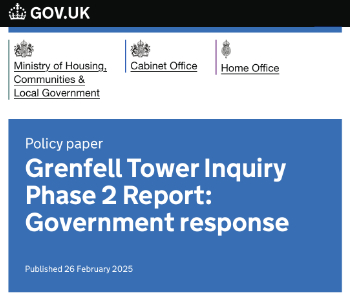Nature-based solutions
Making Mission Possible - Delivering A Net-Zero Economy, published by the Energy Transitions Commission (ETC) in September 2020, defines nature-based solutions as: ‘Actions to protect, sustainably manage and restore natural or modified ecosystems which constitute natural carbon sinks, while simultaneously providing human, societal and biodiversity benefits.’
The National Flood and Coastal Erosion Risk Management Strategy for England, Glossary, published by the Environment Agency in 2020, defines nature based solutions as: ‘Activities to reduce the risk of flooding or coastal change which are inspired by the processes and functions of nature. Examples include, reconnecting rivers with their natural floodplain or creating new areas where water can be stored. Natural flood management and creation and provision of green-infrastructure are examples of Nature based solutions.’
PAS 2080:2023 Carbon management in buildings and infrastructure, second edition, published by The British Standards Institution in March 2023, defines nature-based solutions as: ‘…actions to protect, sustainably manage and restore natural or modified ecosystems that address societal challenges effectively and adaptively, simultaneously providing human well-being and biodiversity benefits. NOTE Nature-based contributions to decarbonization could be by: 1) providing infrastructure services (e.g. flood protection, urban cooling) and avoiding the need for capital and operational carbon from the equivalent grey/ hard infrastructure (e.g. flood defences, air conditioning); 2) actively removing carbon from the atmosphere by enhancing natural ecosystem diversity and re-instating the natural carbon cycle, hence increasing carbon sequestration in the above ground vegetation (e.g. trees) and the soil that supports it. Worked examples are provided in the Guidance document for PAS 2080.’
[edit] Related articles on Designing Buildings
- Carbon capture and storage.
- Carbon emissions.
- Carbon factor.
- Carbon footprint.
- Carbon negative.
- Carbon neutral.
- Carbon plan.
- Carbon price.
- Carbon terminology.
- Carbon.
- Decarbonise.
- Decarbonisation solutions.
- Embodied carbon.
- Low carbon.
- Making Mission Possible: report on achieving a zero-carbon economy by 2030.
- Natural carbon sinks.
- Net-zero carbon.
Featured articles and news
Sustainable Urban Drainage and Biodiversity
Awards for champions of these interconnected fields now open.
Microcosm of biodiversity in balconies and containers
Minor design adaptations for considerable biodiversity benefit.
CIOB student competitive construction challenge Ireland
Inspiring a new wave of Irish construction professionals.
Challenges of the net zero transition in Scotland
Skills shortage and ageing workforce hampering Scottish transition to net zero.
Private rental sector, living standards and fuel poverty
Report from the NRH in partnership with Impact on Urban Health.
.Cold chain condensing units market update
Tracking the evolution of commercial refrigeration unit markets.
Attending a conservation training course, personal account
The benefits of further learning for professsionals.
Restoring Alexander Pope's grotto
The only surviving part of his villa in Twickenham.
International Women's Day 8 March, 2025
Accelerating Action for For ALL Women and Girls: Rights. Equality. Empowerment.
Lack of construction careers advice threatens housing targets
CIOB warning on Government plans to accelerate housebuilding and development.
Shelter from the storm in Ukraine
Ukraine’s architects paving the path to recovery.
BSRIA market intelligence division key appointment
Lisa Wiltshire to lead rapidly growing Market Intelligence division.
A blueprint for construction’s sustainability efforts
Practical steps to achieve the United Nations Sustainable Development Goals.
Timber in Construction Roadmap
Ambitious plans from the Government to increase the use of timber in construction.
ECA digital series unveils road to net-zero.
Retrofit and Decarbonisation framework N9 launched
Aligned with LHCPG social value strategy and the Gold Standard.
Competence framework for sustainability
In the built environment launched by CIC and the Edge.
Institute of Roofing members welcomed into CIOB
IoR members transition to CIOB membership based on individual expertise and qualifications.
Join the Building Safety Linkedin group to stay up-to-date and join the debate.
Government responds to the final Grenfell Inquiry report
A with a brief summary with reactions to their response.







